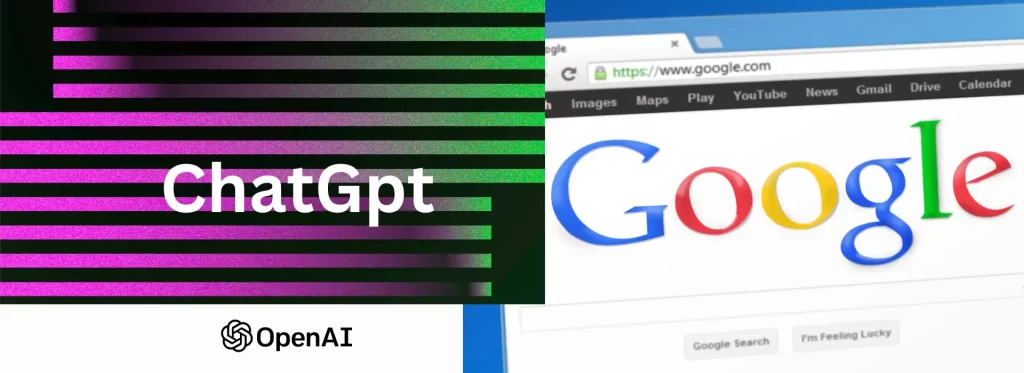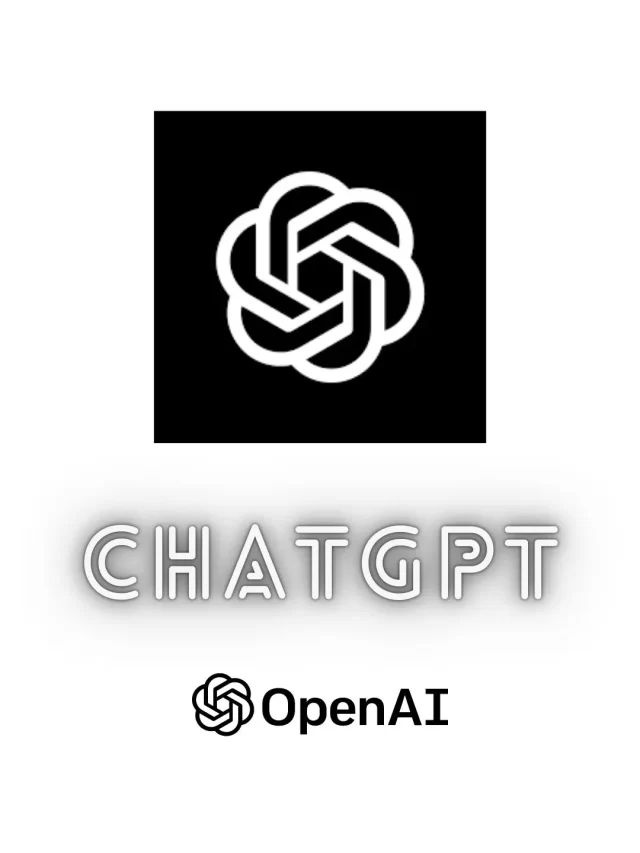ChatGPT is a natural language processing (NLP) model developed by OpenAI that can generate human-like text responses in a conversational setting. It is an extension of the GPT-3 (Generative Pre-trained Transformer 3) model, which is one of the largest and most advanced language models currently available.
ChatGPT is designed to be used in chatbot applications, where it can generate responses to user inputs in real-time. It is trained on a large dataset of human conversations, and can generate responses that are coherent, informative, and appropriate to the context of the conversation.

To use ChatGPT, you will need access to the OpenAI API. Once you have obtained an API key, you can use the ChatGPT model in a variety of ways. For example, you can use it to build a chatbot that can engage in conversations with users on your website or mobile app. Alternatively, you can use ChatGPT to generate responses to user inputs in a command-line interface or in a chat window within a software application.
To use ChatGPT, you will need to provide it with a prompt, which is a short piece of text that describes the context of the conversation. The prompt could be a question, a statement, or any other type of text that you want ChatGPT to respond to.
Once you have provided a prompt to ChatGPT, it will generate a response based on its understanding of the context of the conversation. The response will be a piece of text that is coherent, informative, and appropriate to the context of the conversation.
There are a few different ways to customize ChatGPT’s responses. For example, you can specify the length of the response that you want it to generate, or you can provide it with additional context or constraints to guide its responses.
Overall, ChatGPT is a powerful tool for generating human-like text responses in a conversational setting. It can be used in a variety of applications, including chatbots, command-line interfaces, and chat windows within software applications. Whether you are building a chatbot for customer service, information gathering, or entertainment, ChatGPT can help you generate high-quality responses that are appropriate to the context of the conversation.
Top ChatGPT advanced extension
ChatGPT 4(source) has the most advanced system, producing safer and more useful responses to give high real-stick solutions. It can solve difficult problems with greater accuracy.
- Save ChatGPT response: If you want to save your conversations so use that google chrome extension
- Integrating ChatGPT with Google or Microsoft docs: You can Integrate ChatGPT in docs applications to give more power to the text editor.
- Integrate ChatGPT in Telegram and Whatsapp: On GitHub have some steps on how to create a bot using ChatGPT.
- Connect With Search Engine: You can get responses on the search engine interface without using the ChatGPT interface. Use that extension
Some of the key features:
- Large scale: ChatGPT is an extension of the GPT-3 model, which is one of the largest and most advanced language models currently available. This allows it to generate highly coherent and informative responses.
- Real-time generation: ChatGPT is designed to generate responses in real-time, making it suitable for use in chatbot applications.
- Human-like responses: ChatGPT is trained on a large dataset of human conversations, and can generate responses that are coherent, informative, and appropriate to the context of the conversation.
- Customization: ChatGPT allows you to customize its responses in a variety of ways. For example, you can specify the length of the response that you want it to generate, or you can provide it with additional context or constraints to guide its responses.
- Wide range of applications: ChatGPT can be used in a variety of applications, including chatbots, command-line interfaces, and chat windows within software applications.
- Easy to use: ChatGPT is accessible through the OpenAI API, making it easy to integrate into your chatbot or other application.
Why Development needs?
There are several reasons why the development of ChatGPT and other natural language processing (NLP) models is important:
- Improving human-computer interaction: ChatGPT and other NLP models can be used to build chatbots and other applications that can engage in natural language conversations with humans. This can make it easier for people to interact with computers and access information and services.
- Enhancing customer service: ChatGPT and other NLP models can be used to build chatbots that can provide customer service and support. This can help companies to improve their customer experience and reduce the workload on their customer service teams.
- Streamlining business processes: ChatGPT and other NLP models can be used to automate tasks that currently require human input. For example, a chatbot that uses ChatGPT could be used to answer customer inquiries, schedule appointments, or provide information about products or services.
- Improving accessibility: ChatGPT and other NLP models can be used to build chatbots and other applications that can be used by people with disabilities. For example, a chatbot that uses ChatGPT could be used to provide information and assistance to people with visual impairments.
- Advancing artificial intelligence research: The development of ChatGPT and other NLP models helps to advance the field of artificial intelligence (AI) and machine learning. This can lead to the development of new and improved AI technologies, which could have a wide range of applications.
What the difference between Chat GPT and Co-Pilot
Chat GPT and Co-Pilot are both natural language processing (NLP) models developed by OpenAI, but they are designed for different purposes.
Chat GPT is an extension of the GPT-3 model, which is one of the largest and most advanced language models currently available. It is designed to generate human-like text responses in a conversational setting, and is typically used in chatbot applications.
Co-Pilot, on the other hand, is a machine learning model that is designed to assist users in generating long-form text, such as articles, reports, and emails. It is trained on a large dataset of human-written text, and can help users generate high-quality, coherent text by suggesting words, phrases, and sentence structures based on the context of the text.
While Chat GPT and Co-Pilot are both NLP models developed by OpenAI, they are designed for different purposes and can be used in different ways. Chat GPT is primarily used to generate responses to user inputs in real-time, while Co-Pilot is designed to assist users in generating long-form text.
What the future with Chat GPT?
It is difficult to predict exactly what the future will hold for ChatGPT and other natural language processing (NLP) models, but it is likely that they will continue to play an important role in the field of artificial intelligence (AI) and in a variety of applications.
One possible future use of Chat GPT and other NLP models is in the development of more advanced chatbots and other conversational AI applications. These chatbots could be used in customer service, information gathering, and other applications where it is important to be able to engage in natural language conversations with humans.
Another potential use of Chat GPT and other NLP models is in the development of virtual assistants and other AI-powered tools that can assist users in a variety of tasks. For example, a virtual assistant that uses ChatGPT could be used to schedule appointments, answer questions, or provide information and assistance.
It is also possible that Chat GPT and other NLP models could be used in the development of new and improved AI-powered systems and applications in a variety of fields, including healthcare, education, and finance.
Overall, the future of Chat GPT and other NLP models is likely to be very bright, as they continue to be developed and applied in a wide range of applications.
Google vs Chat GPT vs OpenAi
Google, Chat GPT, and OpenAI are all related to the field of artificial intelligence (AI) and natural language processing (NLP), but they serve different purposes and have different capabilities.
Google is a search engine that allows users to search the internet for information. It uses algorithms to index and rank websites based on their relevance to a given query, and provides users with a list of search results that are ranked by their relevance.
It is an NLP model developed by OpenAI that is designed to generate human-like text responses in a conversational setting. It is trained on a large dataset of human conversations, and is typically used in chatbot applications to generate responses to user inputs in real-time.
OpenAI is a research organization that is focused on developing advanced AI technologies, including NLP models like Chat GPT. It conducts research and development in a variety of areas, including machine learning, computer vision, and robotics.
In summary, Google is a search engine that allows users to find information on the internet, IT is an NLP model that is used to generate text responses in a conversational setting, and OpenAI is a research organization that focuses on the development of advanced AI technologies.
Can Chat GTP replace Google Search Engine
No, It’s not designed to replace a search engine like Google. It is a natural language processing (NLP) model that is trained to generate human-like text responses in a conversational setting. It is not designed to search the internet for information, or to provide answers to specific queries.
Instead, it is typically used in chatbot applications, where it can generate responses to user inputs in real-time. It is trained on a large dataset of human conversations, and can generate responses that are coherent, informative, and appropriate to the context of the conversation.
While it can be used to generate responses to a wide range of topics, it is not intended to be a comprehensive source of information. If you want to find information about a specific topic, a search engine like Google is likely to be a more useful tool.

